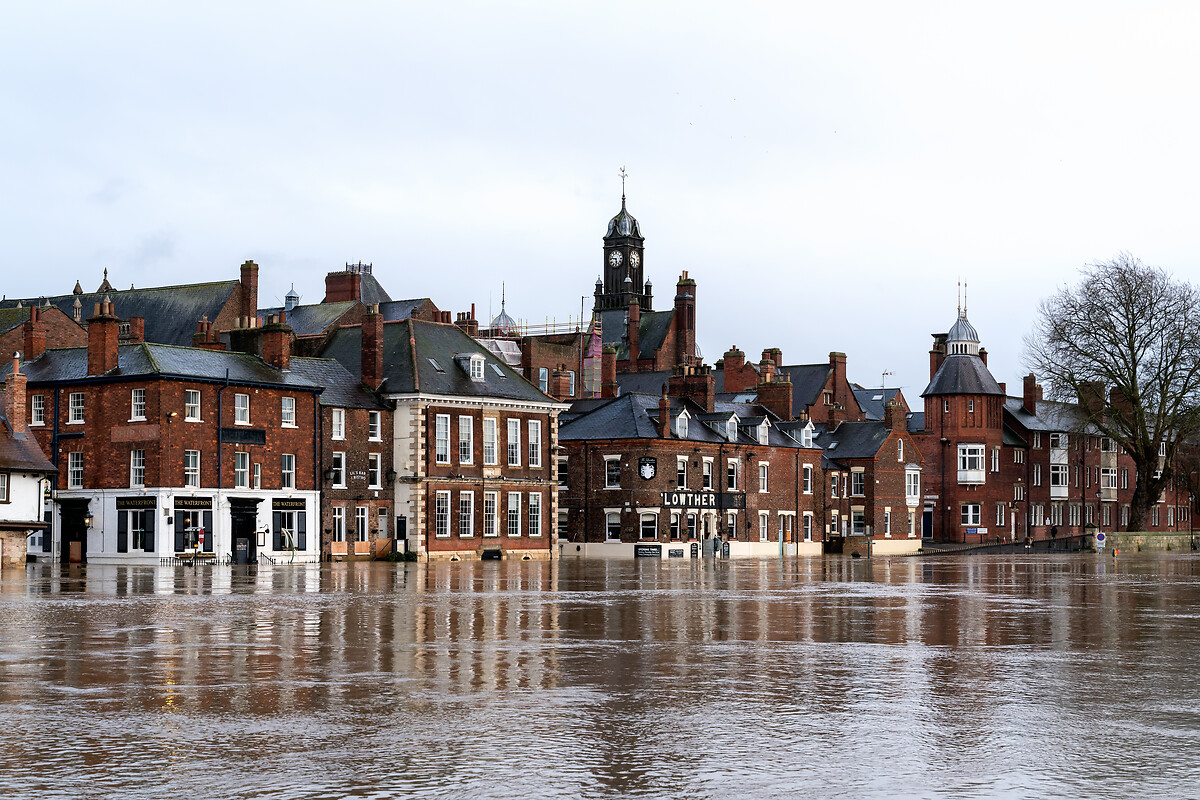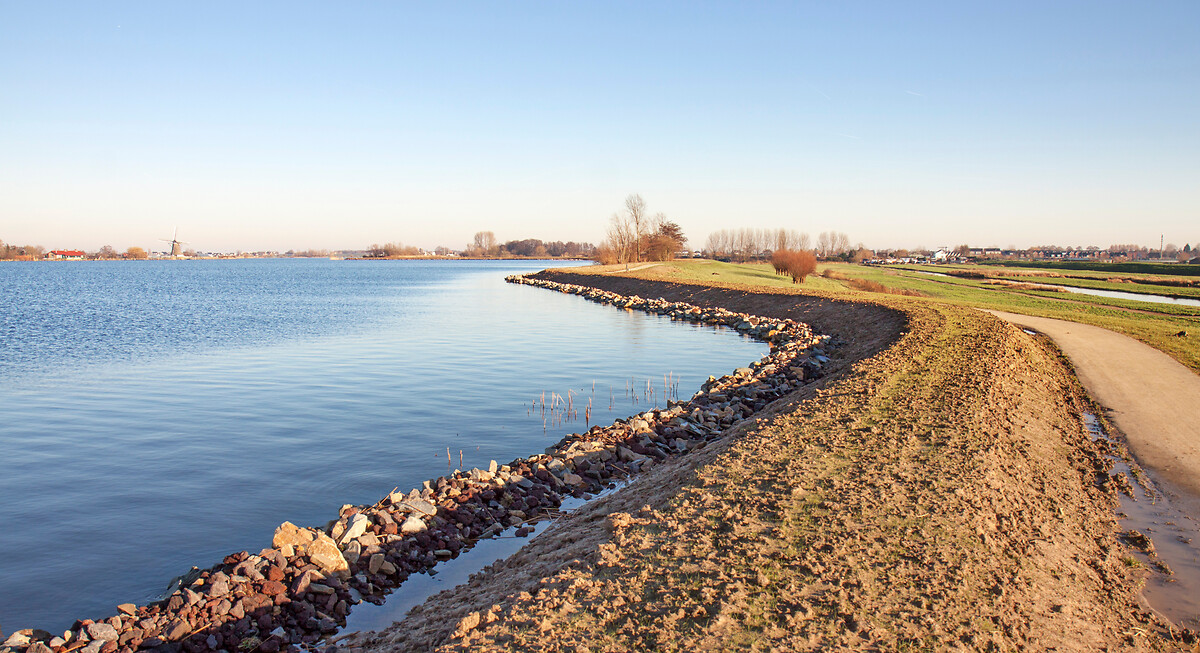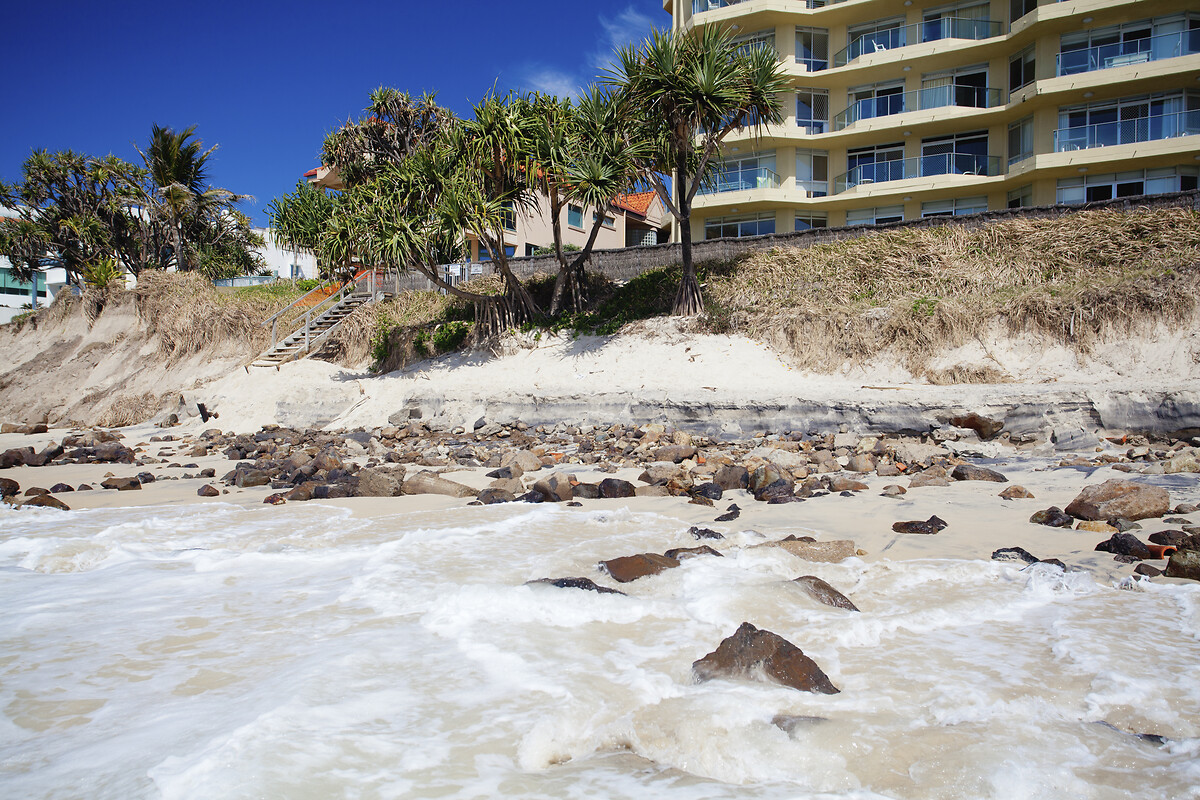> Tags: Climate resilience, Infrastructure, Sea-level rise, Standards, Subnational
> Theme: Climate change
> Countries: Finland, New Zealand, Canada
> Last updated: 04 June 2020
Download PDFPolicy in practice
Building codes and design standards have a crucial role in making development resilient to predicted sea-level rise (SLR) impacts through measures such as building elevation, foundation design, moisture entrapment and damage from debris. Examples of cities that have used building codes and design standards to address SLR include:
Helsinki, Finland, initiated changes to design standards addressing coastal flooding and SLR in the late 1980s, which resulted in the decision to raise floor levels in the inner-city suburb of Ruoholahti from 1 metre to 3 metres above mean sea level.
Christchurch, New Zealand, updated its city plan in 2011 to account for climate change-induced SLR and flooding. It now contains provisions that control development in areas vulnerable to flooding, including raised floor levels and setbacks from waterways.
Vancouver, Canada, updated minimum flood construction levels to be a metre higher in 2014 to account for SLR projections up to 2100.
Key policy message
Building codes and design standards can play an important role in making development resilient to predicted sea-level rise (SLR) impacts through measures such as building elevation, foundation design, moisture entrapment and damage from debris.



